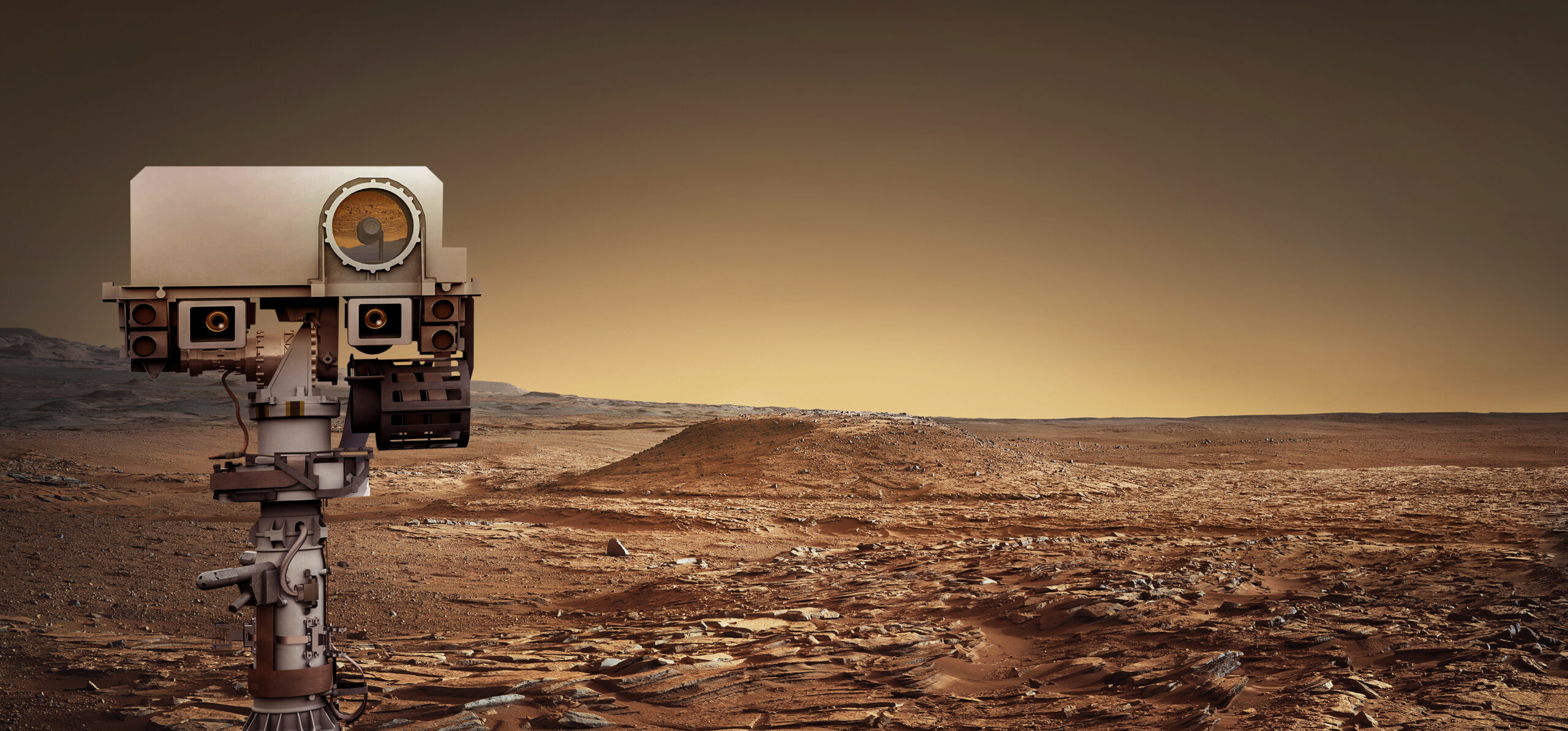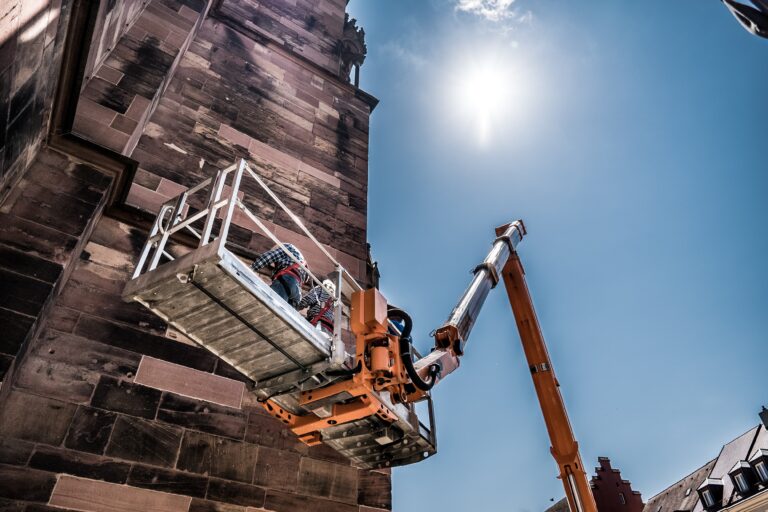
Earlier this month, NASA celebrated the successful landing of their most complicated rover yet – Perseverance. If you were following along, you might be shocked at how smoothly everything went for landing. It would seem as if one of over a thousand things could have gone wrong. In one of the most complicated engineering projects to date, how did everything go off without a hitch? The answer, in part, lies in how thoroughly NASA performs simulation and testing as part of their processes. While NASA often uses more technical terms for their simulation and testing, some of these tests are effectively using digital twins to explore and validate performance. In this article, we’ll look at a few case studies that helped us get to Mars with digital twins.
Sky Crane Landing
The technology to safely land Perseverance on Mars including a complex sky crane technology, which essentially lowers the rover down just before landing – safely away from the jets used to position the rover before landing. This sky crane technology was also used for Curiosity in 2012, and required a hefty amount of simulation and testing to maximize NASA’s chances of success.
In this case study, simulation was used to understand the loading impacts of the whole system during the operation and deployment of the sky crane. In the simulation environment from MSC, landing on Mars with digital twins helped provide understanding about how the entire landing system would respond to the sky crane.
The simulation identified problems with the initial concept design and guided engineers as they resolved these issues and made the design more robust. The simulation was also used to validate the landing sequence and determine loads on subassemblies and components. The controls software code that guides the mission through the sky crane landing sequence was integrated into the Adams environment to validate and tune its performance. The accuracy of these simulations was proven by the success of the mission.
MSC, Case Study on Curiosity Sky Crane Simulation
Read the full case study here.
Hardware-in-the-Loop Simulation for Rovers
Another key technology used by NASA for testing of various components is Hardware-in-the-Loop (HiL) simulation, which allows for specific parts of the system to be tested as actual hardware, with remaining components still being a functional digital twin. These kinds of simulations require real-time simulation results that can be fed into the specific hardware components. Simulations using HiL components help validate performance with a higher degree of confidence than software-only approaches.
Using another multibody simulation tool – MapleSim – further testing could be performed to simulate the surface of Mars with digital twins. These kinds of simulations allowed for the study of rover kinematics in a variety of use cases, modeling the dynamics of rover travel across the surface of Mars, to name only one of the applications.
Their approach allows component testing within a simulation loop before a full rover prototype is available. It essentially creates a virtual testing environment for the component under test, “tricking” it into thinking it is operating within a full prototype. Using MapleSim, the modeling and simulation tool from Maplesoft, high fidelity and computationally efficient models were created for this real-time application.
Maplesoft, Case Study on NASA Rover Kinematics
Read the full case study here.
Planetary Robotics Simulation on Soft Terrain
Simulating the rover’s movement over hard surfaces and rocks is one thing – but what about when the rover travels over big, soft patches of dust? If you’ve ever walked on uneven sandy beaches, you’ll know how tricky movement can be on soft terrains.
Researches at McGill University and Vortex used state-of-the-art plasticity theories to model the interaction of rover wheels with soft, soil-based terrains. These interactions helped NASA simulate and understand how their rover would travel through soft patches of terrain on Mars, and allowed them to refine their designs, control strategies, and more.
This approach will be shown to resolve some of the shortcomings of semi-empirical models,
while being compatible with the multi-body dynamic simulation environment in Vortex. In the proposed approach, a modified Drucker-Prager constitutive relation with cap hardening is used to capture soil plastic behavior. However, the formulation is general enough to include other constitutive relations developed for soil.
McGill University and Vortex, Case Study on Wheel-Soil Interaction for Soft Terrains







